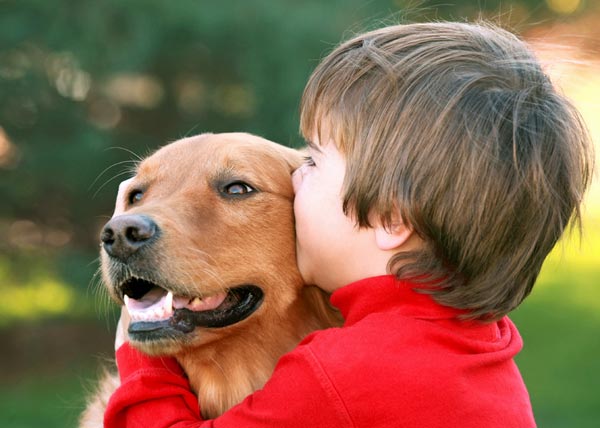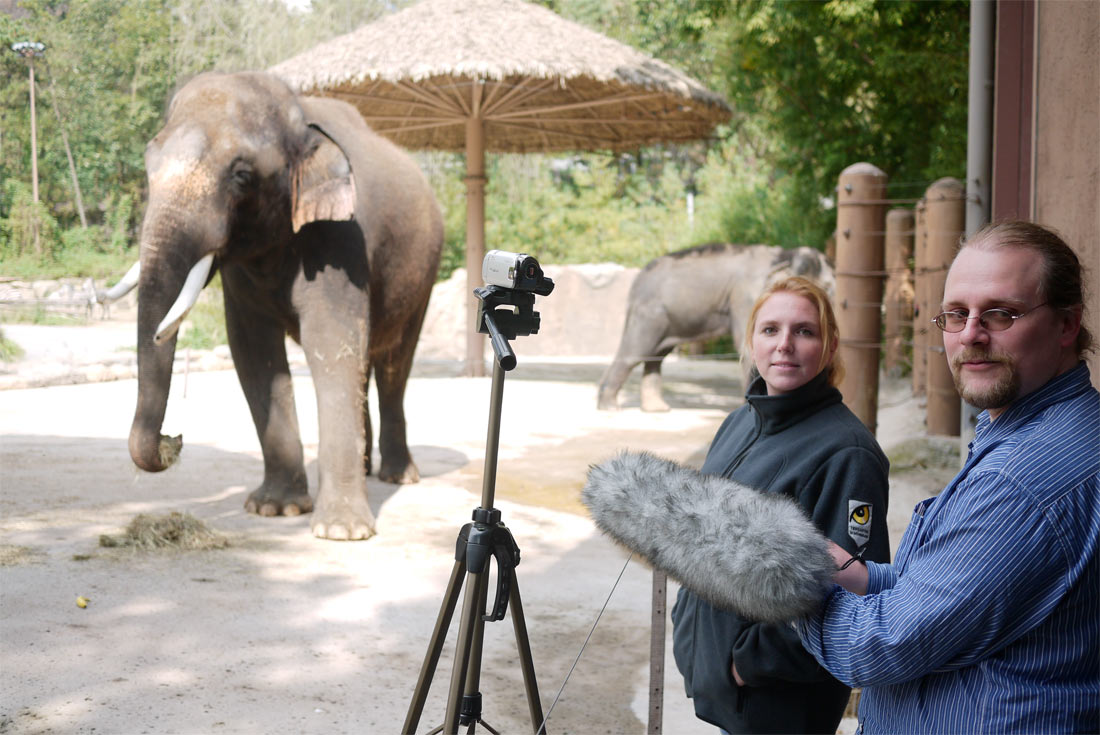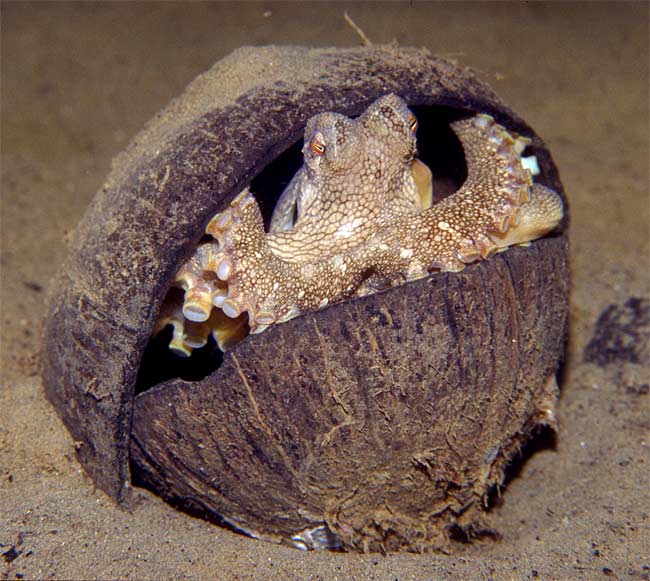Can A Human Reincarnate As An Animal
7 Ways Animals Are Similar Humans
Animals and Humans

We humans like to think of ourselves as a special bunch, but it turns out we take plenty in common with other animals. Math? A monkey tin do it. Tool utilize? Hey, fifty-fifty birds take mastered that. Civilization? Sorry, folks — chimps take information technology, besides.
Here's a list of some of the top parallels between humans and our animal kin. You may exist surprised at how similar nosotros are to fifty-fifty our distant relations.
Ears Like a Katydid

Humans have circuitous ears to translate sound waves into mechanical vibrations our brains tin procedure. And then, as it turns out, practise katydids. According to research published Nov. 16, 2012 in the periodical Science, katydid ears are bundled very similarly to human being ears, with eardrums, lever systems to amplify vibrations, and a fluid-filled vesicle where sensory cells expect to convey information to the nervous organization. Katydid ears are a bit simpler than ours, but they can also hear far in a higher place the human being range.
Worlds Similar an Elephant

Humans do reign supreme in the arena of language (equally far equally we know), but even elephants tin can figure out how to make the aforementioned sounds we exercise. According to researchers, an Asian elephant living in a South Korean zoo has learned to use its body and pharynx to mimic human being words. The elephant tin say "how-do-you-do," "skilful," "no," "sit downwardly" and "lie down," all in Korean, of class.
The elephant doesn't appear to know what these words mean. Scientists retrieve he may have picked up the sounds because he was the only elephant at the zoo from when he was 5 to when he turned 12, leaving him to bond with humans instead.
The Facial Expressions of a Mouse

Do you brand weird faces when y'all're in hurting? So do mice. In 2010, researchers at McGill University and the Academy of British Columbia in Canada found that mice subjected to moderate pain "grimace," simply like humans. The researchers said the results could be used to eliminate unnecessary suffering for lab animals by letting researchers know when something hurts the rodents.
The Sleep-Talk of a Dolphin

Dolphins may sleep-talk in whale vocal, co-ordinate to French researchers who've recorded the marine mammals making the not-native sounds late at night. The five dolphins, which live in a marine park in France, have heard whale songs but in recordings played during the twenty-four hour period effectually their aquarium. But at night, the dolphins seem to mimic the recordings during residue periods, a possible form of sleep-talking. And you idea your nocturnal mumblings were weird.
The Business firm-Building Skill of an Octopus

Okay, Frank Lloyd Wright's "Falling Water" it is not, simply a home built by an octopus has the advantage of being mobile.
The veined octopus (Amphioctopus marginatus) can brand mobile shelters out of coconut shells. When the animal wants to movement, all it has to do is stack the shells like bowls, grasp them with potent legs, and waddle away along the sea floor to a new location.
The Movements of a Brittle Star

It'd be hard to imagine an organism less like a human than a brittle star, a starfish-like creature that doesn't even have a central nervous organisation. And all the same these five-armed wonders move with coordination that mirrors human locomotion.
Breakable stars take radial symmetry, pregnant their bodies can be dissever into matching halves past drawing imaginary lines through their arms and central axis. Humans and other mammals, in comparing, have bilateral symmetry: You can split us in one-half one mode, with a line drawn straight through our bodies. Most of the fourth dimension, animals with radial symmetry move little or motility up and downwards, like a jellyfish that propels itself through the water. Brittle stars, however, motility frontward, perpendicular to their body axis — a skill commonly reserved for the bilaterally symmetrical.
Encephalon Like a Pigeon

Gamblers in Vegas have something in common with pigeons on the sidewalk, and information technology'southward non just a fascination with shiny objects. In fact, pigeons make gambles simply like humans, making choices that leave them with less money in the long run for the elusive promise of a big payout.
When given a choice, pigeons will push a push button that gives them a big, rare payout rather than one that offers a small reward at regular intervals. This questionable decision may stem from the surprise and excitement of the large reward, according to a study published in 2010 in the periodical Proceedings of the Royal Guild B. Human gamblers may be similarly lured in by the idea of major loot, no affair how long the odds.
Source: https://www.livescience.com/24807-ways-animals-humans-alike.html
Posted by: watkinsworick.blogspot.com

0 Response to "Can A Human Reincarnate As An Animal"
Post a Comment